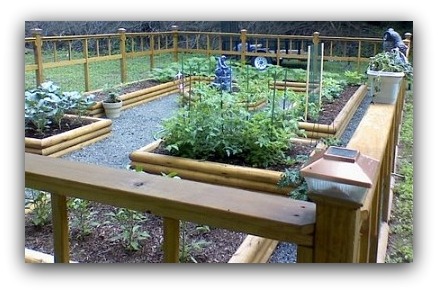
Planning a Backyard vegetable garden layout
As you release your imagination onto paper, planning a backyard vegetable garden layout could be so exciting!
I used to be a basic row girl. I also didn’t see the purpose of venturing out of the common veggie varieties. I was a very “practical” gardener. Nothing fancy needed, just grow to provide food, and get the job done.
However, I so much enjoy seeing the creative garden designs by others. I get amazed by the whimsical varieties of veggies that I never knew existed.
Disclaimer: As an Amazon Associate I earn from qualifying purchases.
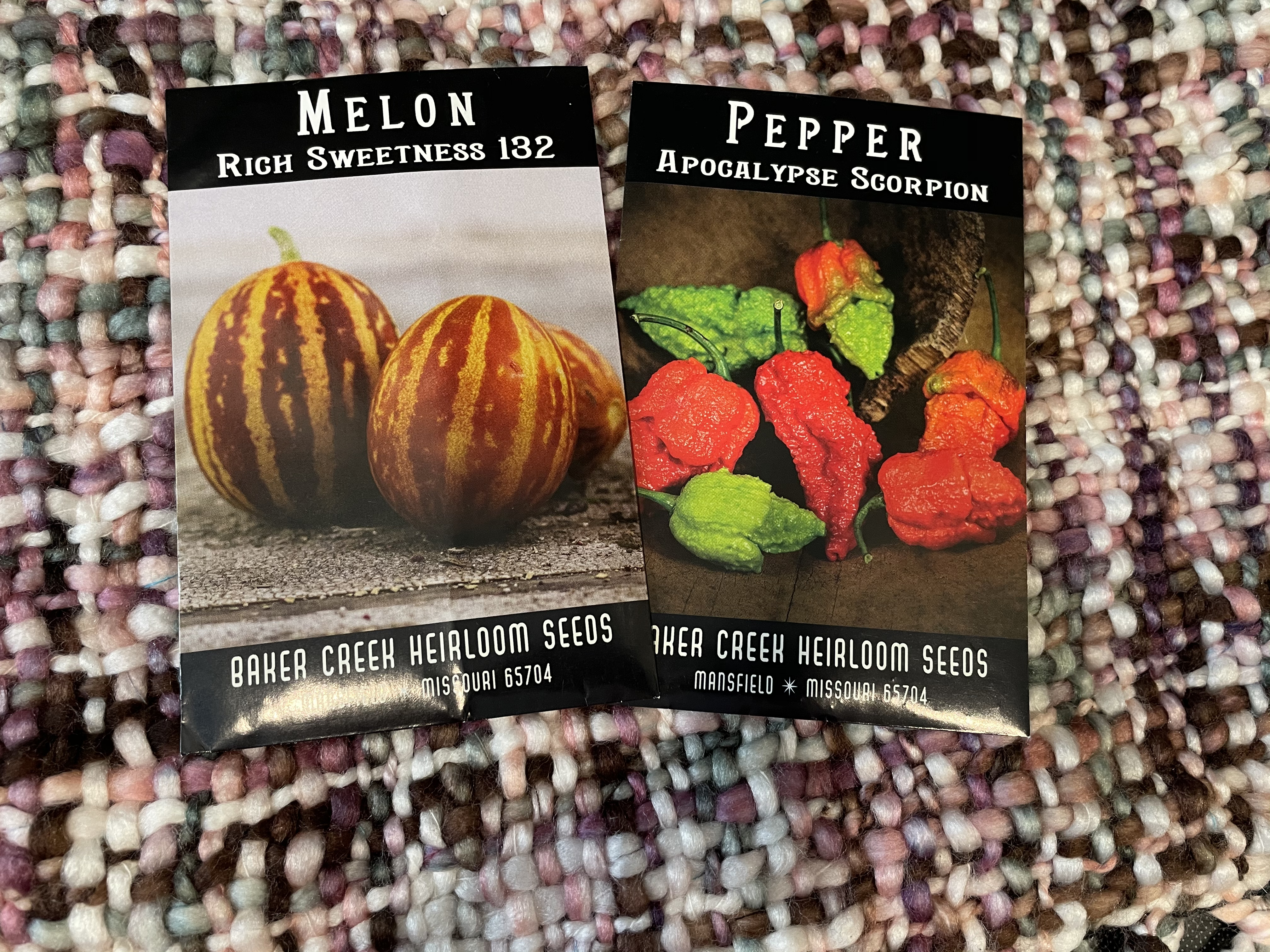

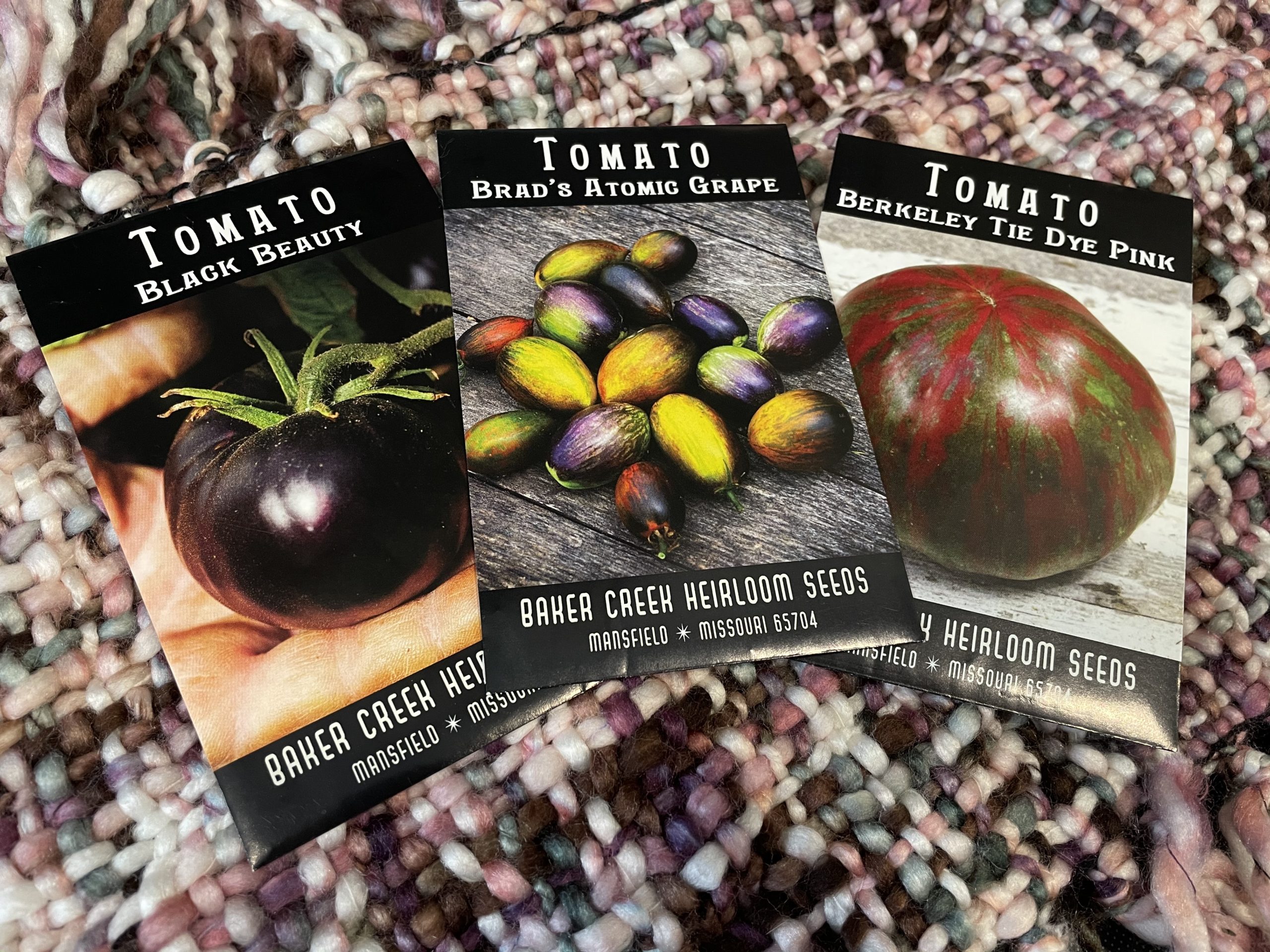
Looking at seed varieties (paid link) and catalogs, this year, sparked a new level of excitement for me.
Purple beans, black tomatoes, Atomic Grape Tomatoes, Apocalypse Scorpion Peppers, mini orange Willy Wonka looking watermelons, and more!
I’m ready to break out of my comfort zone. This year, I plan to let loose and may make a Pole Bean Teepee even.
Woot Woot! It’s getting wild and crazy over here!
Troy is planning a fun cattle panel tunnel that will have colorful melons, beans, and flowers hanging throughout.
I’m starting to envision it and simply cannot wait to get growing!
How to lay out a veggie garden
Find Your Sunny Spots

Many crops require 6-8 hours of full sun each day.
This sometimes could be harder to find, especially in a backyard with trees.
Really take note of where those spots are in your yard.
You also don’t have to have one single garden.
We plant in the best sections of our yard.
Think outside of the garden box!
Water Access
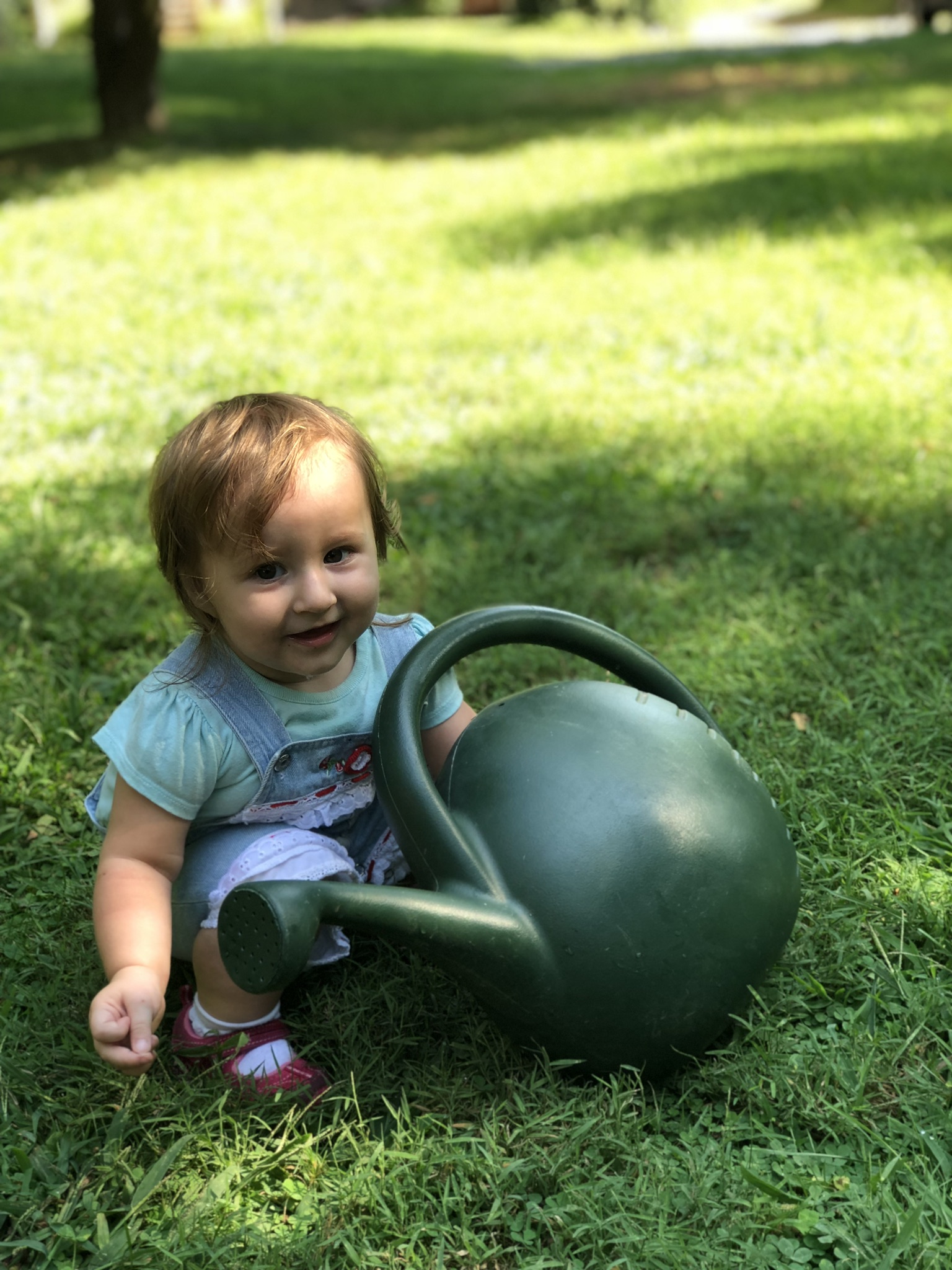
PLAN AHEAD! If you are planting far from your water source, plan ahead of time how you will get water to your crops.
Lugging a watering can (paid link) back and forth to refill gets old after a while, especially during peak growing season.
Trust me! Your time and energy are worth the investment of water planning.
Will you need to buy longer hoses?
How about a rain collection barrel, (paid link) set up on the far end of the garden?
Start thinking about this NOW before you are really in need of it.
Draw Your Vegetable Garden Layout…with PENCIL
When planning a backyard vegetable garden layout, graph paper could be your best friend.
Each square represents 1 foot, which helps us get a realistic idea of what growing space we are working with.
If you don’t have graph paper readily available, I found this free Graph Paper PDF that could be printed out.
Measure your planting area
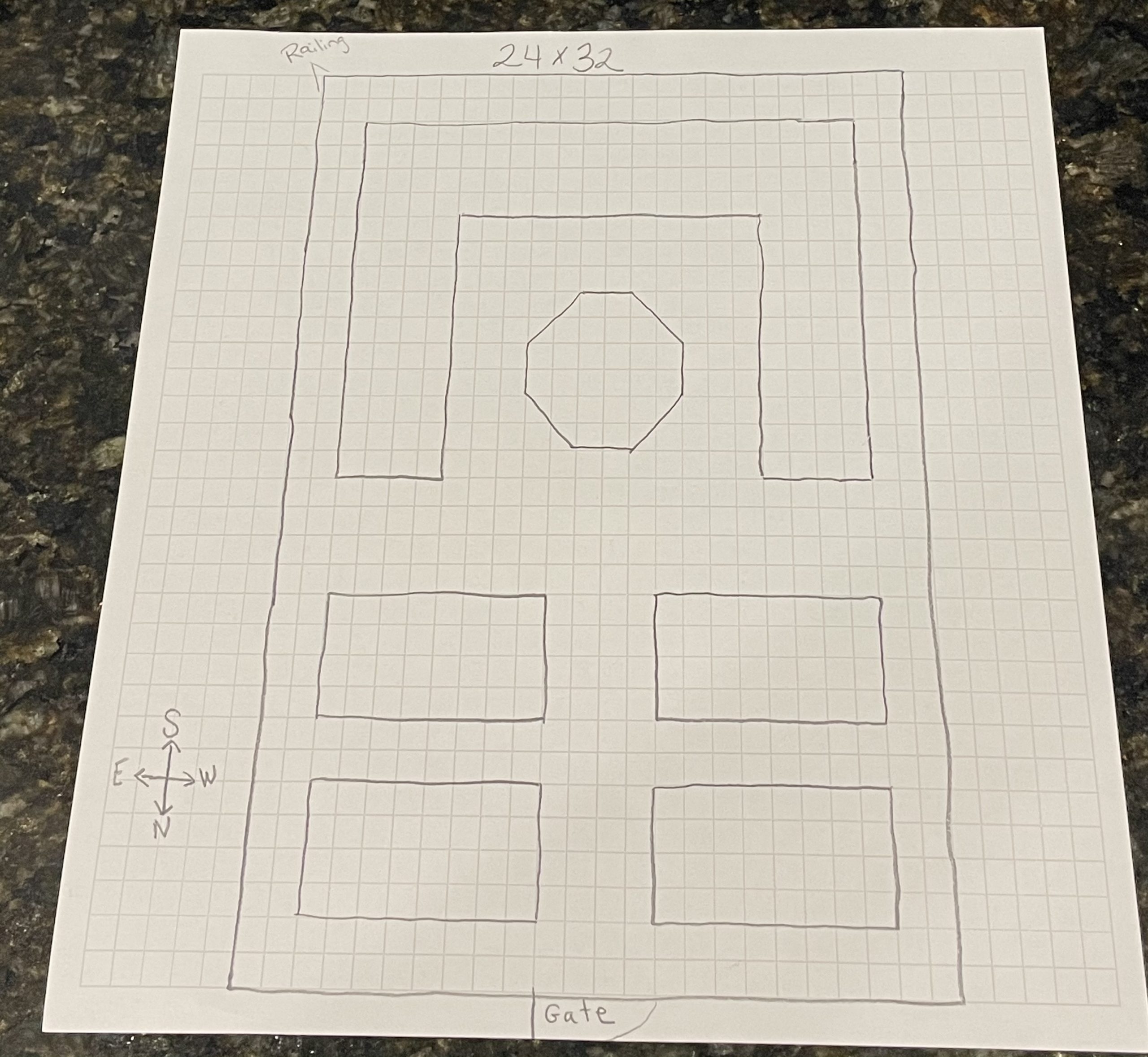
Transfer measurements onto your graph paper.
Add in any objects that may be using some of the space (tree, shed, chicken coop, etc.…)
Find Your Direction
Using a compass (or even one on your smart phone!) find which direction of your yard is North. Draw a little compass accordingly on your paper.
Ideally, you will want to plant your rows running North to South. This will help your plants to get the most sun and avoid shadowing each other.
For trellis tunnels, you will want the openings facing North & South.
Make A List
List out all of the plants that you want to grow.
If you are new to vegetable gardening, there are some things you should know upfront, prior to picking our seeds. Check out our Starting A Vegetable Garden page for more info.
Planning Garden Beds
Within your growing space, draw in where you would like your beds, containers, and arches. Keep at least 2 feet walking space between garden beds.
Make beds, that you only have access from one side, about 2-3 feet wide. Keep plants within arm’s reach to avoid having to step in between plants when maintaining and harvesting.
Make beds with access from both sides about 4 feet wide. Length and shape could be whatever you have space for, in your yard AND imagination.
Planning Plant Placement
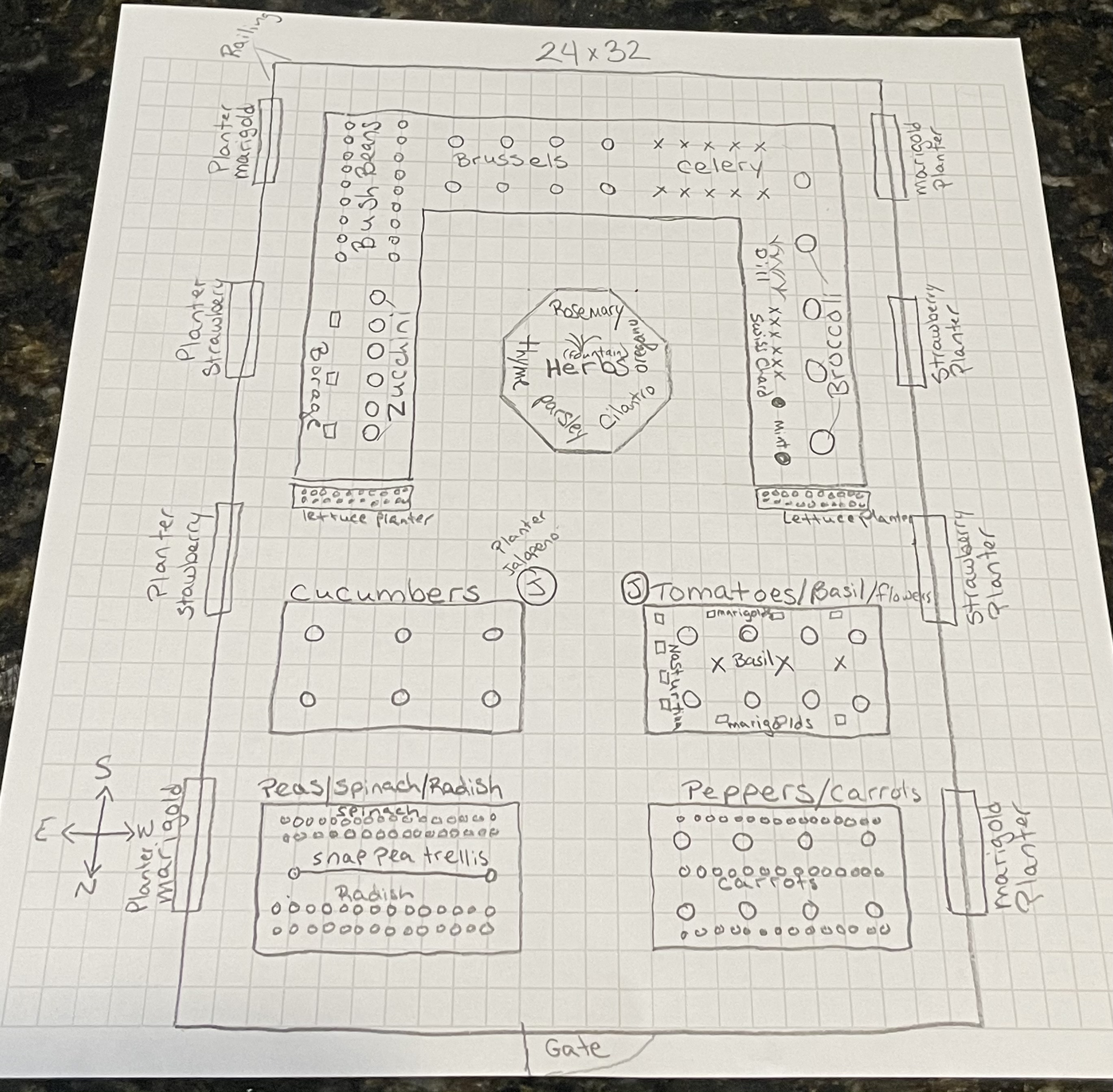
Next, write the names of the plants, where you would like to plant them.
As you write them onto the graph paper, cross them off of the list you made earlier.
This will help you to be sure that you are including space for all that you want to grow.
THINGS TO CONSIDER when Planning a Backyard Vegetable Garden
~ Plan to grow what you are comfortable with, but also consider throwing in at least one thing that brings you childlike wonder and excitement!
~ When writing in the plants’ growing locations, keep in mind spacing. Not all plants are the same. Look at the back of your seed packets or do a quick Google search. Try to be as realistic as possible when planning a vegetable garden layout. This will help you not to over buy (or over grow) starters and seeds.

~When deciding how many plants per crop to plant, think about your end goal.
For example, if you would like to can salsa or sauce you will need more than one tomato plant, as recipes often will call for 15-30 tomatoes that are all ripe at the same time.
For that type of use, you will need 4-6 plants at the very minimum, depending of course on the variety grown and the recipe.
~Consider Companion Planting to maximize on your growing space as well as your harvests. Planting certain crops near each other may bring a number of benefits. Also, plant tall plants in the back of your beds, mid-size in the middle, and short ones like beneficial flowers in the front. Not ALL plants should be planted near each other, though. Check out our Companion Planting Guide page for more detailed info.
~Mix in flowers to attract pollinators and beneficial insects. Marigolds and Nasturtiums are wonderful aids in vegetable gardens especially near tomatoes!
~Keep in mind Crop Rotation. If you are growing where you grew vegetables last year, you will want to plant a different family of plants there this year. Also grouping plant families together makes it easier for future year’s rotations. Remember this rhyme “Beans, Roots, Greens, Fruits” as our order of rotation.
~Fencing for pest control. The size of your fence will depend on the size of your pests. At our CT property, we deal with groundhogs and squirrels. Deer will be our problem on our Vermont land.
Groundhogs LOVE our very back yard and anything and everything that we plant there. However we haven’t had a problem with plants closer to our house. So, anything we plant in the far back portion will need a low fence around it. For lower raised beds, I staple up Chicken Wire (paid link) around them which turned out to be quicker and cheaper than fencing and worked great!
Keep your drawing! Make notes of any changes through the season. This is your blueprint and your guide for next year. It will become important for crop rotations, as well as helping you to remember what worked out and what didn’t.

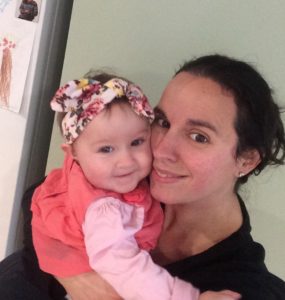 About Me
About Me
Love this article! Starting my garden plan today. I already have my plants listed in order of planting but needed some help with layouts. Yours is beautiful!
Thank you so much Sarah! We are itching to complete are newest layout, however everything is depending on a HUGE tree getting taken down. Hoping that it happens quick or we may not be planting nearly as much as we hope to this season…..fingers crossed!! Good luck on your plan and growing season!
What would you estimate the cost of the materials to build this setup?
Hi Scott! I am so very sorry for the months long delayed response….your question was buried in spam comments that needed to be deleted. As far as the estimate, I apologize I have no idea and couldn’t even give a rough estimate. We built that about 15 years ago and back then lumber prices were far far lower.